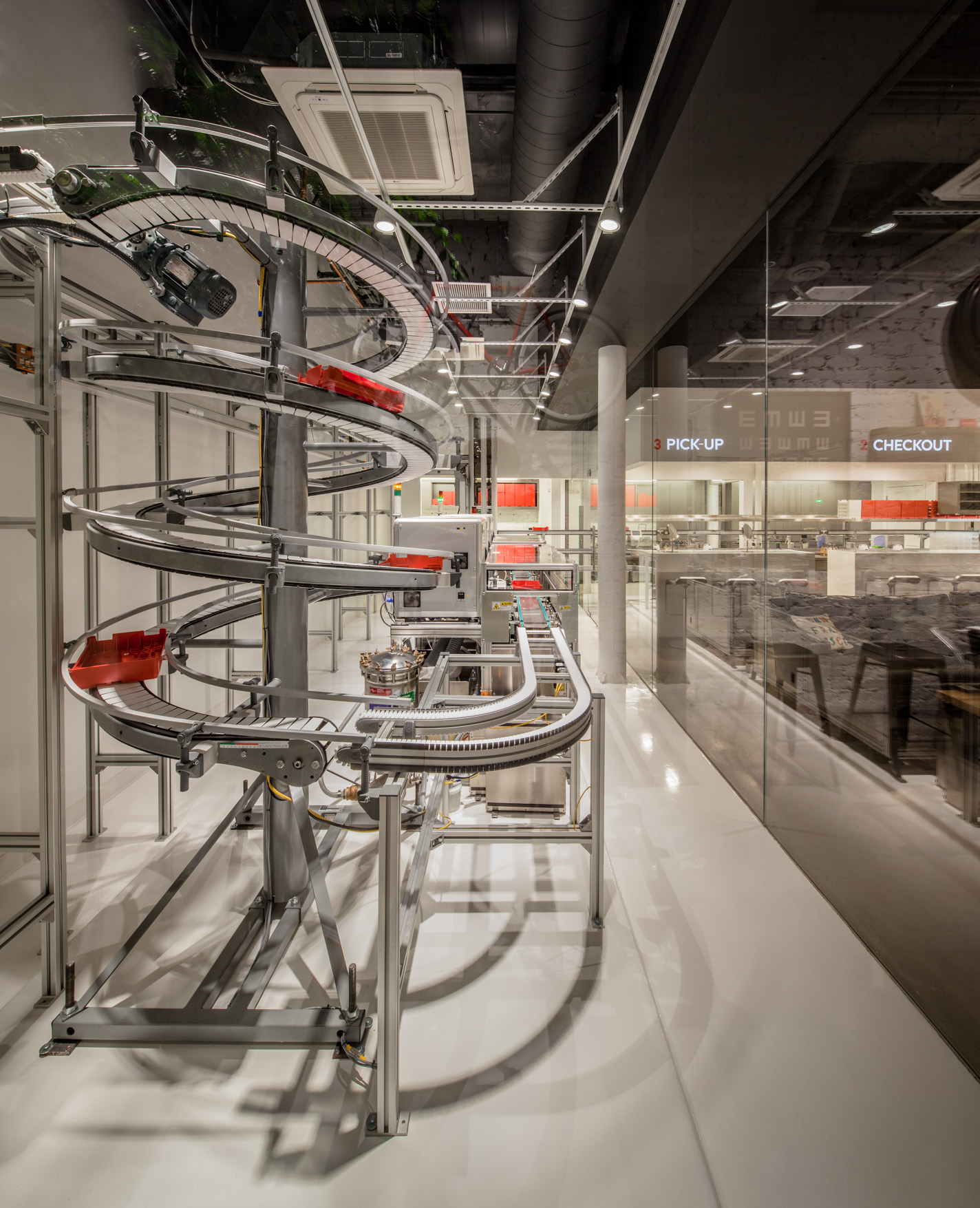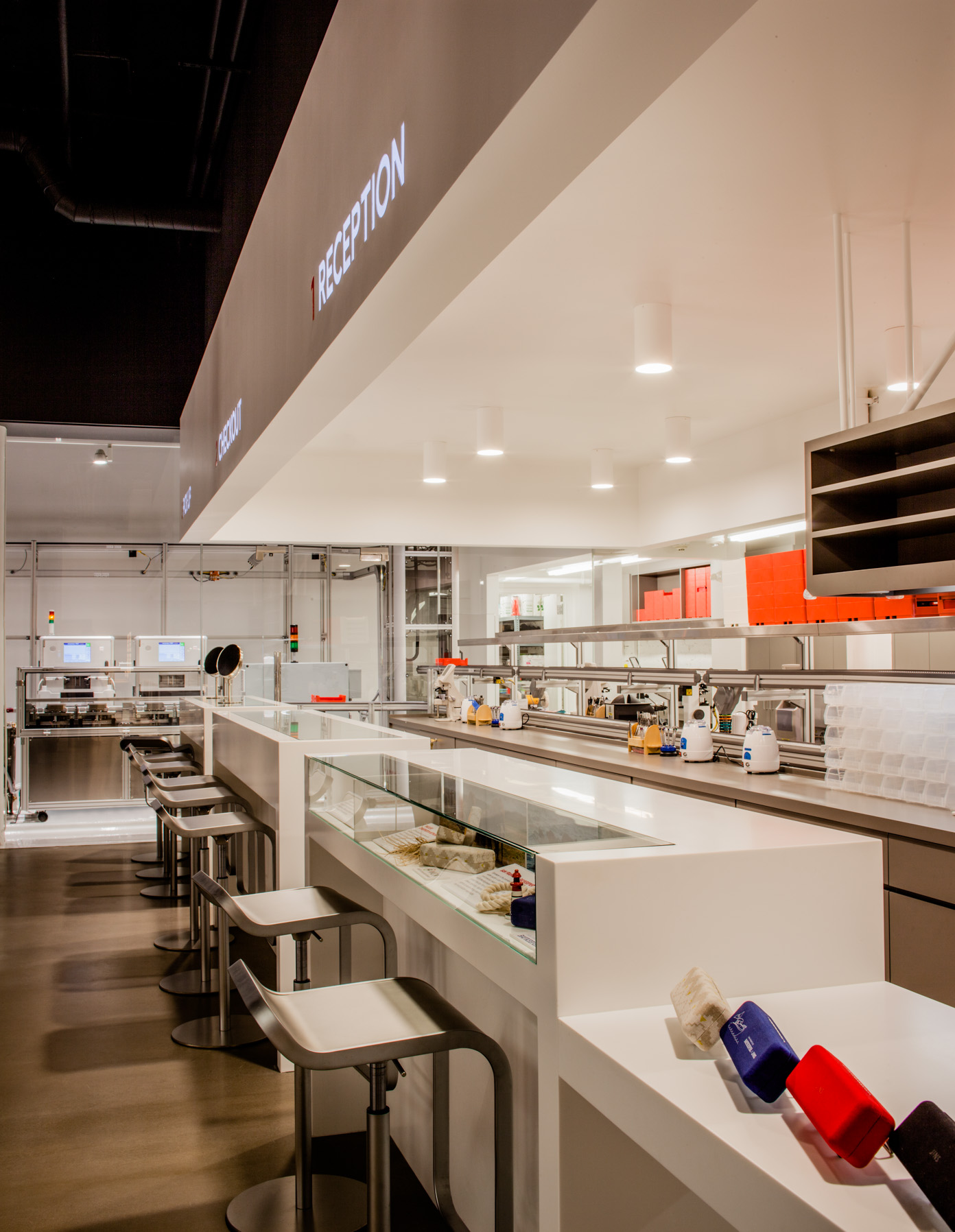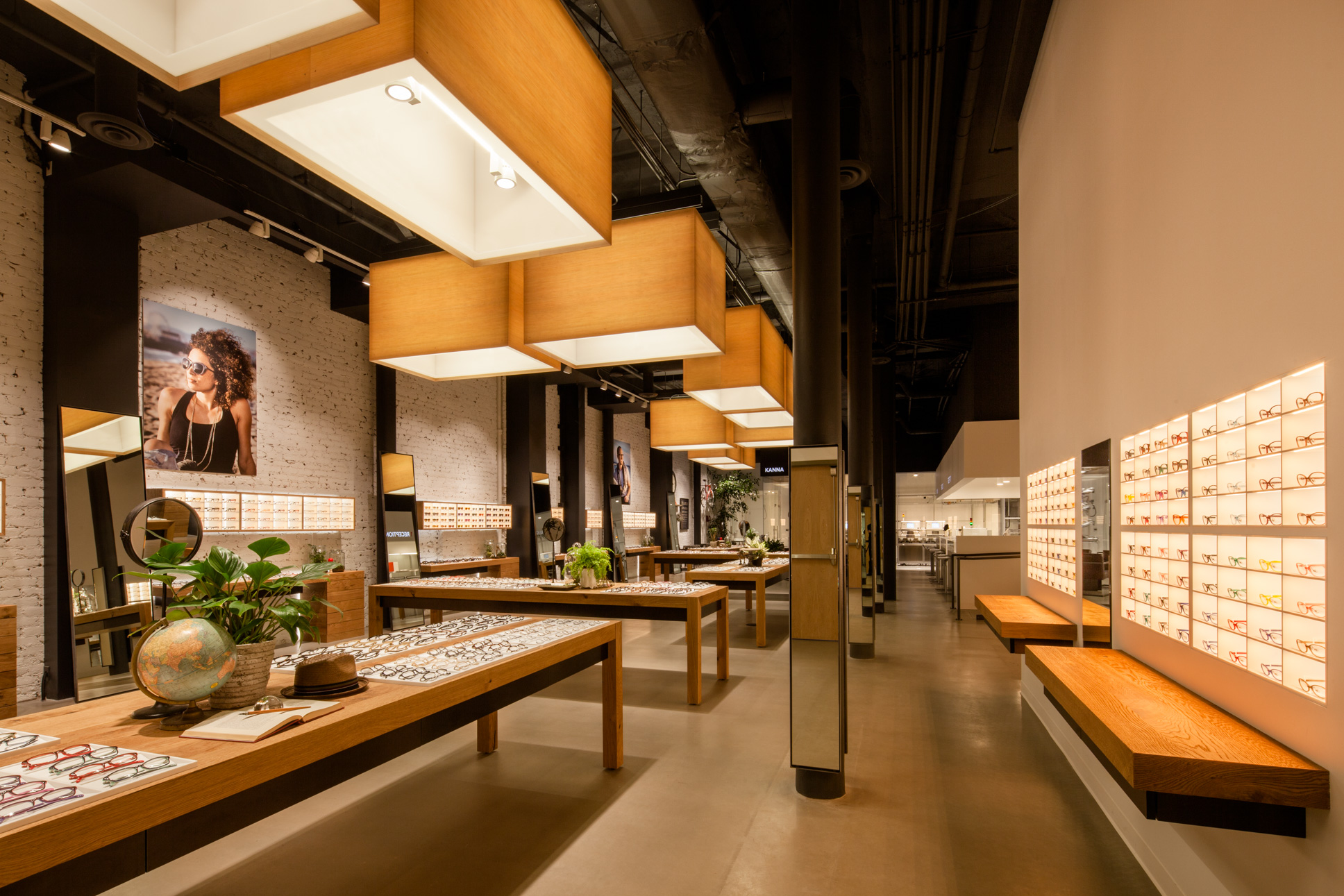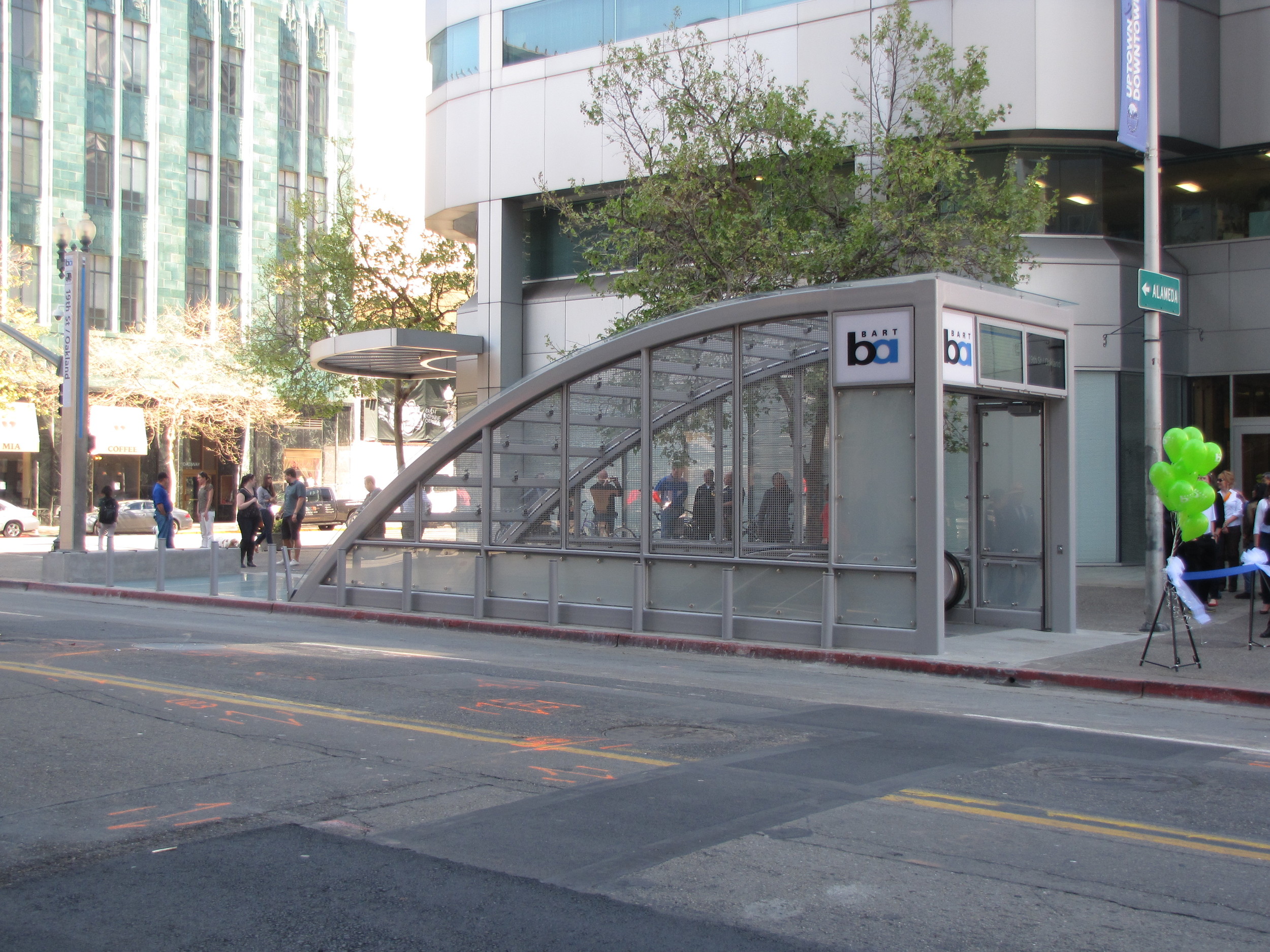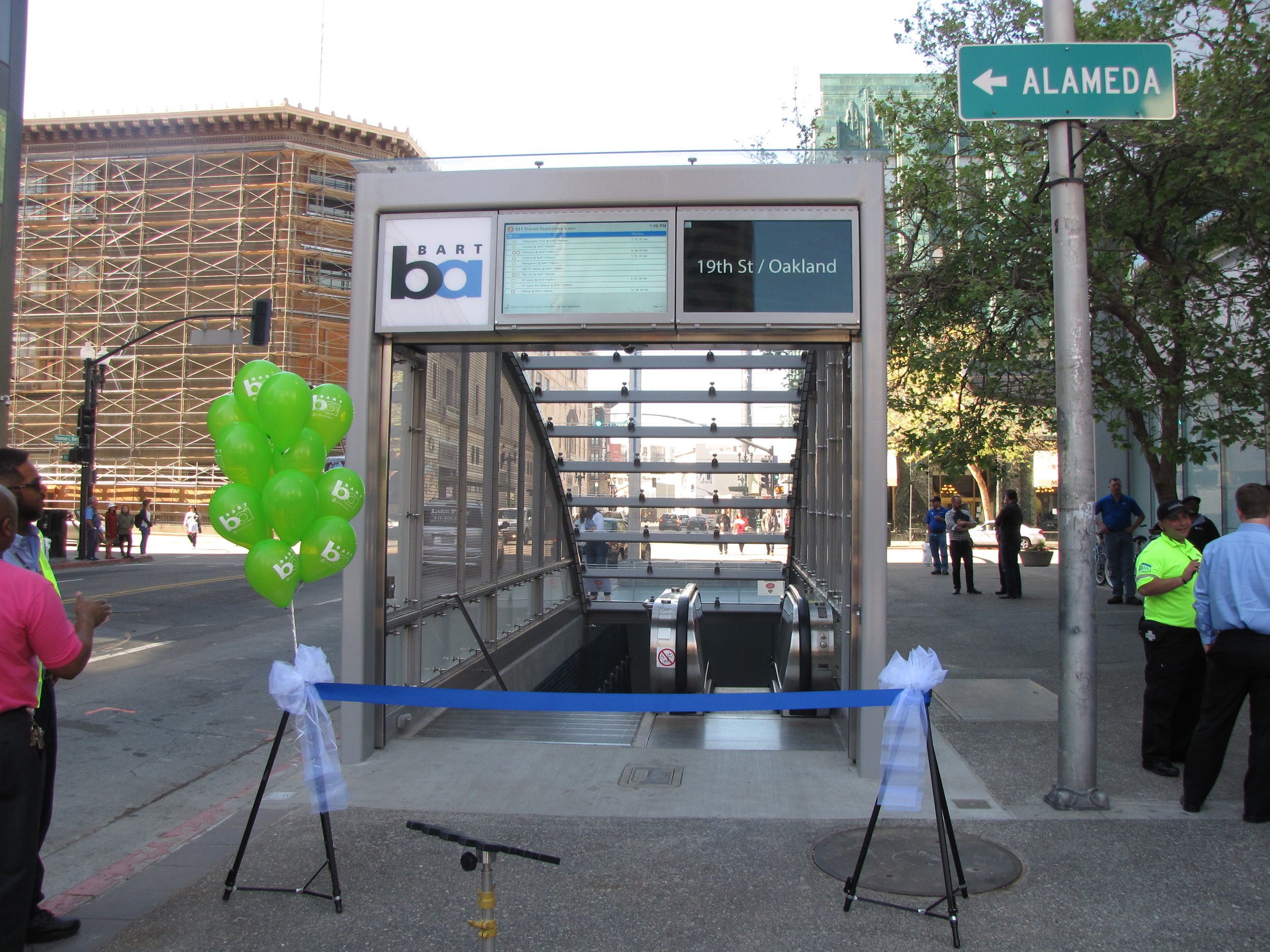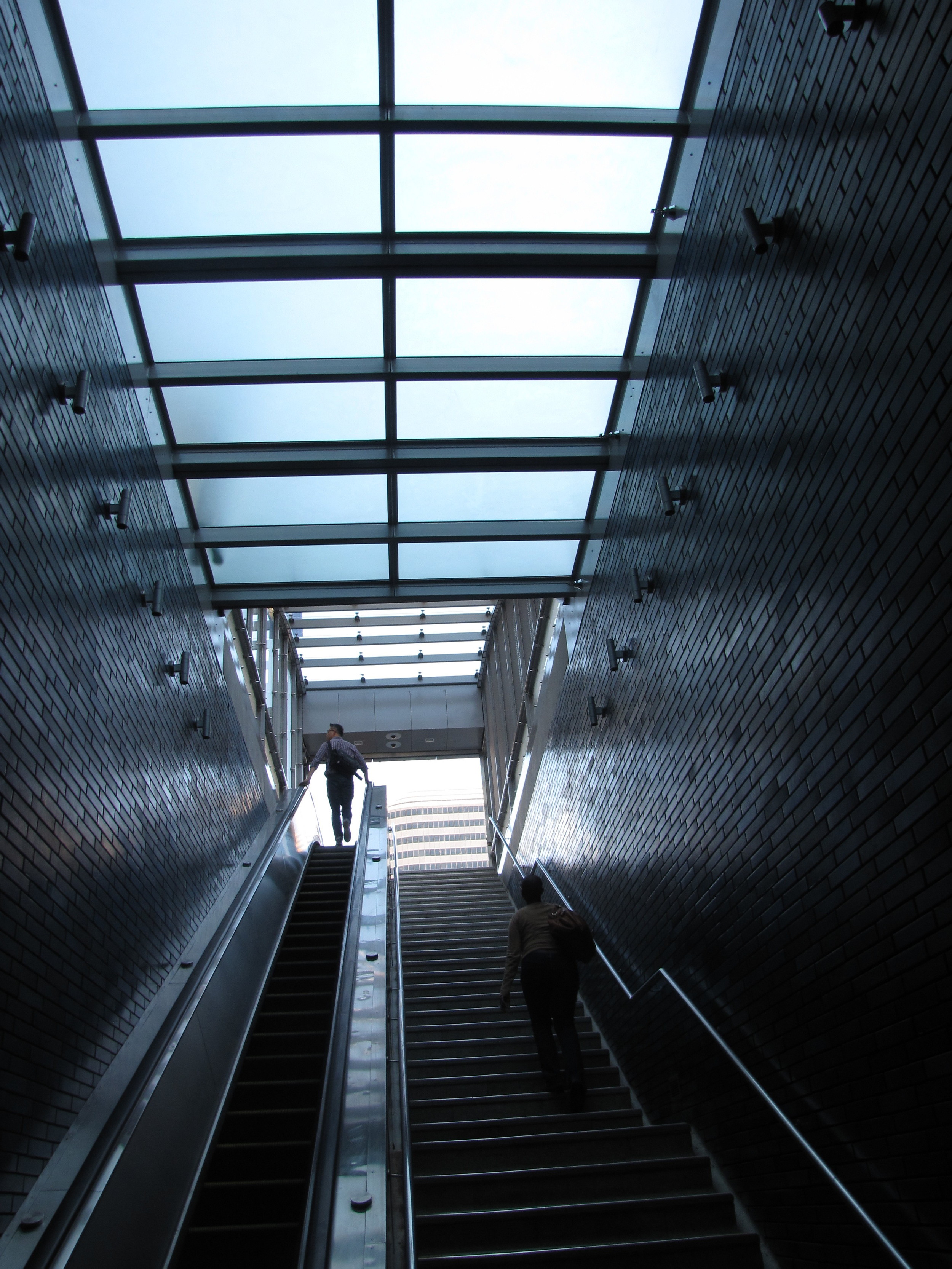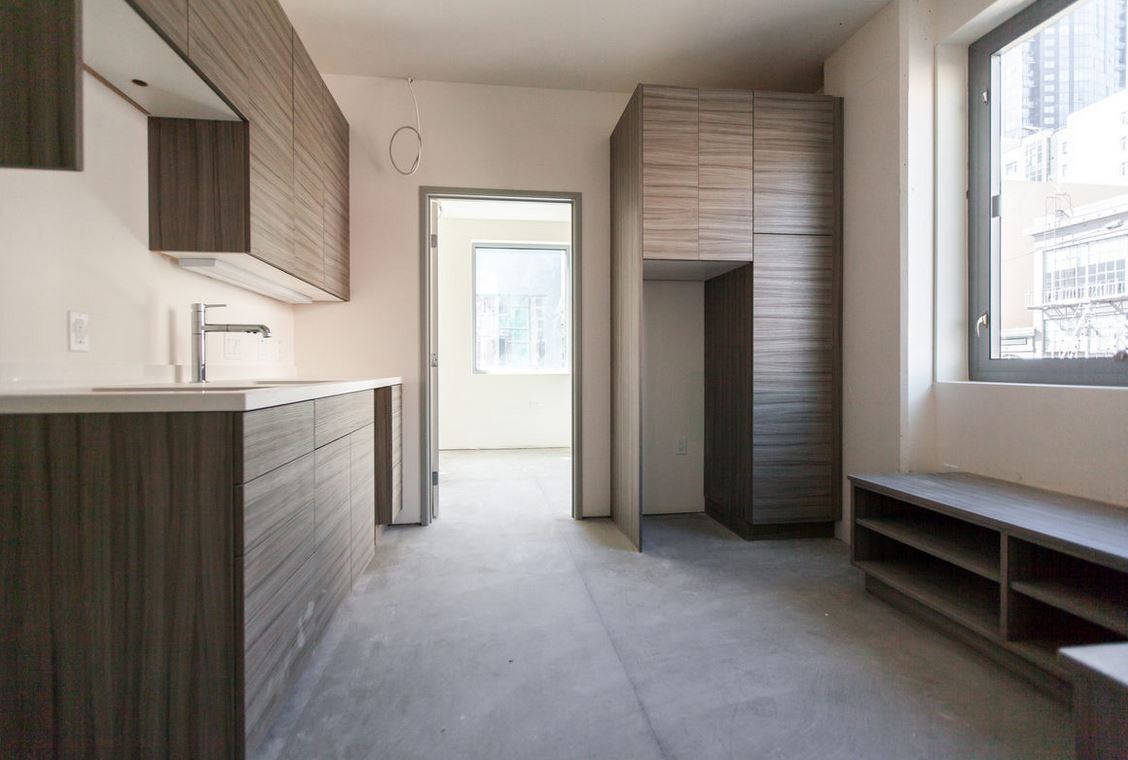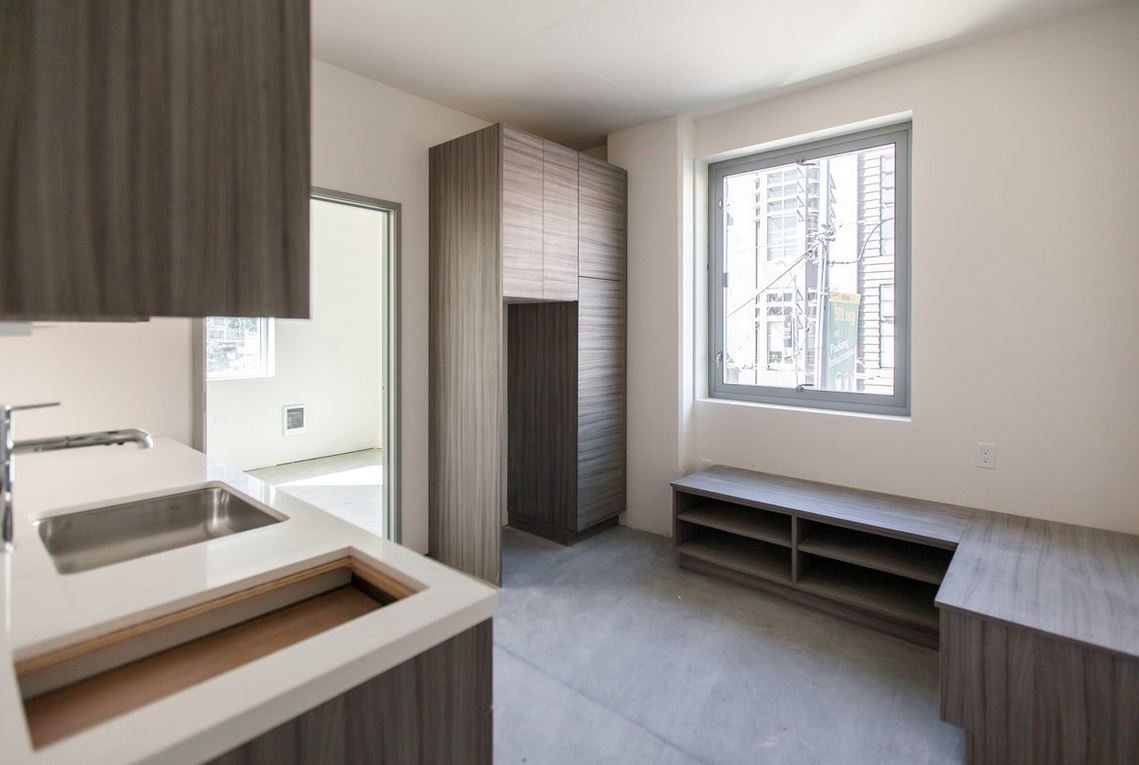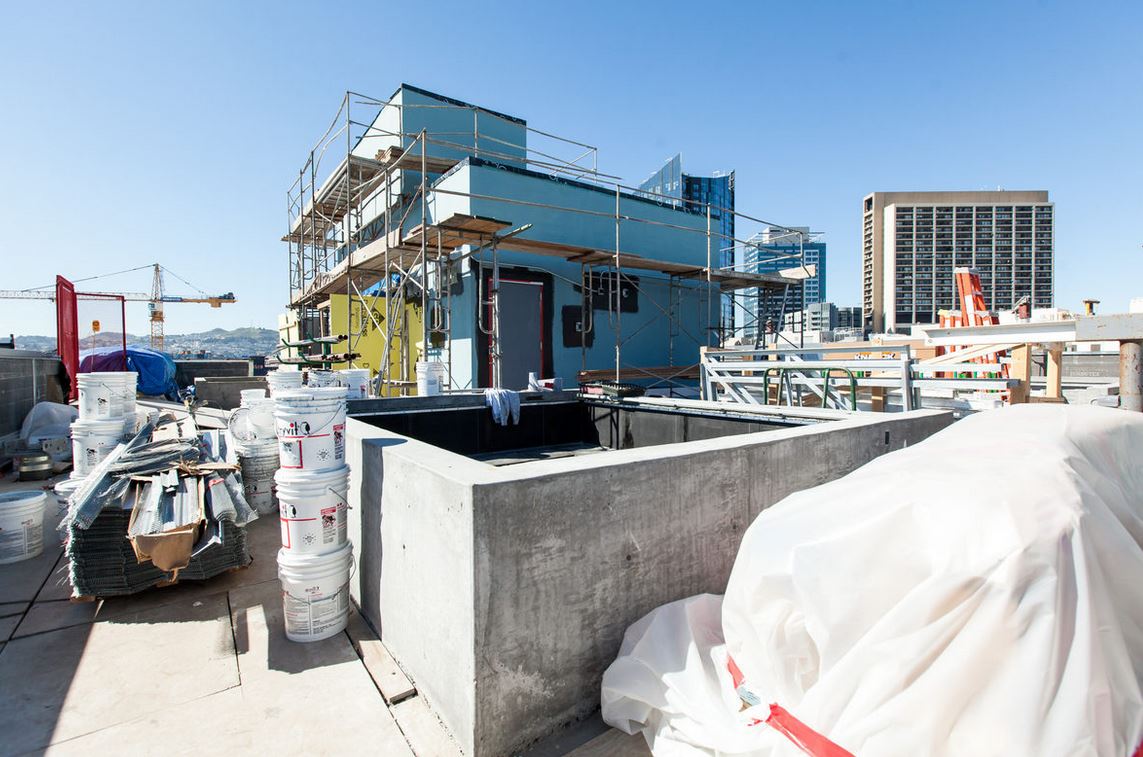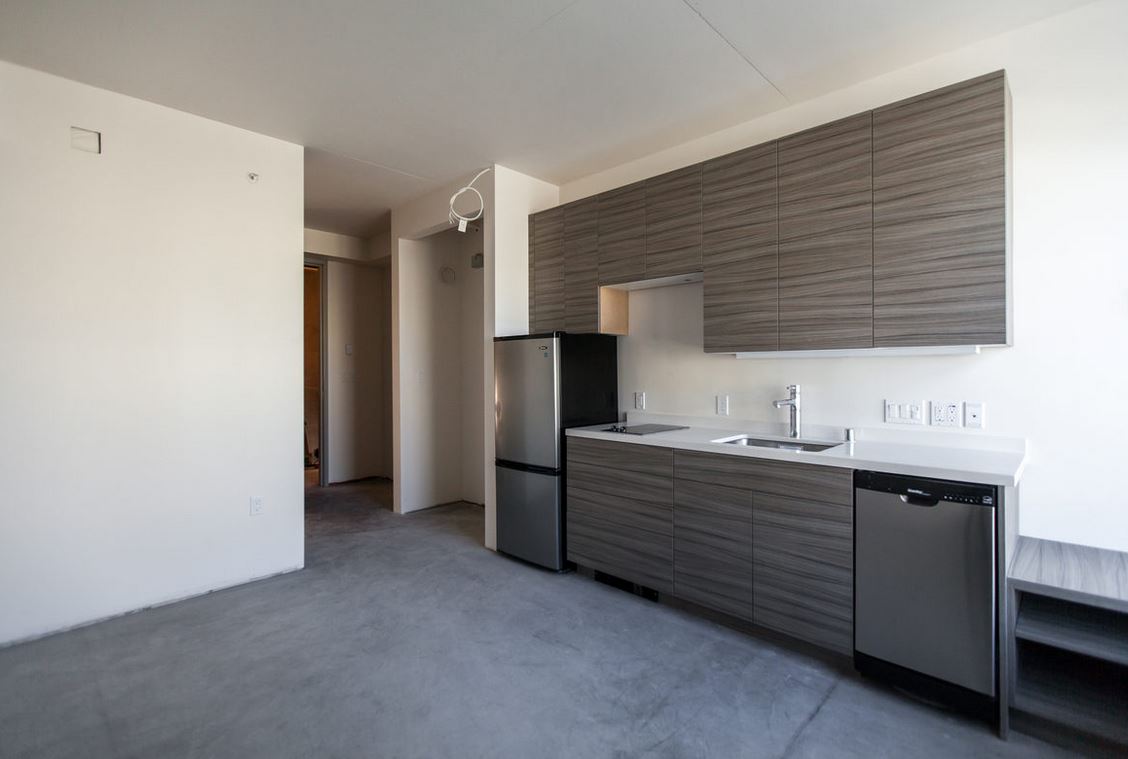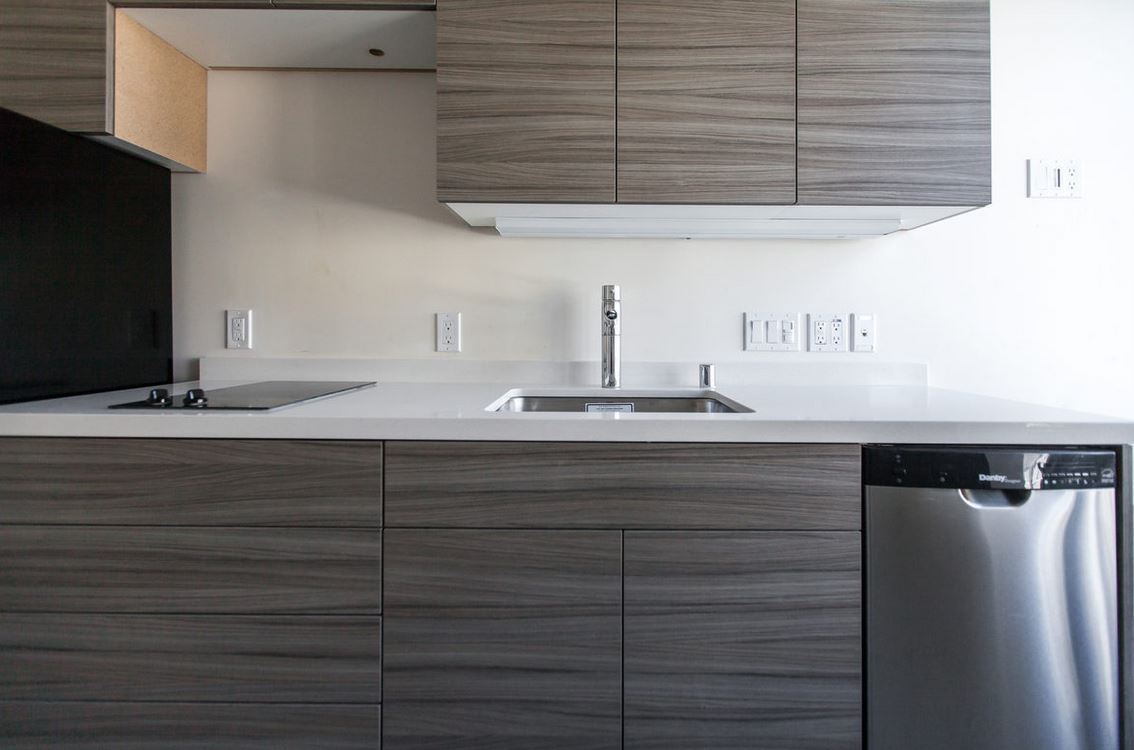“Are we really the cause of the problem?” asks Givas, at Vida. “I think we’re part of the solution.”
Cory Weinberg
Reporter- San Francisco Business Times
The Vida condo project — with its jagged, colorful facade that adds high-end texture to Mission Street — nearly sold out of units just as it opened.
But popularity alone doesn’t win a project a spot as the city’s top market-rate residential project. For Oyster Development Corp. to pull off one of the largest condo projects ever in development-skittish Mission, it needed a flawless plan to win neighborhood support for 114 units.
Oyster listened to neighbors who called for a community benefits plan that included dedicating land to the city that could hold three times the number of affordable units (46) that it could build on-site. It dished out $1 million to refurbish the neighboring New Mission Theatre. Oyster tossed another $1 million to local nonprofits. It will also funnel 0.25 percent of each unit’s sales into a community fund.
Dean Givas, Oyster’s president, said his development team and consultants met with neighbors early and often, making quick commitments based on their suggestions.
“The stars aligned for us in many ways, but we were very conscious of our desires to work with the community,” Givas said.
Still, he said, building a major condo project in the Mission can be “frustrating.” It’s been hit several times by graffiti, targeted by activists as a symbol of gentrification.
The building has a ground-floor space ready for a couple of restaurants or retailers, but has yet to snag a tenant. It sits on the same block as the popular restaurant Foreign Cinema. The development site was a former Giant Value store and had been wrapped up in controversy under the previous owner.
Real Estate Deals of the Year — residential projects
Oyster managed to complete a successful project that’s selling at $1,100 a square foot, more than the developer’s condo project Marlow in ritzy Pacific Heights. Givas said he also tried to build for a range of buyers, with the 18 studio units starting in the mid-$500,000s.
The Mission is in high demand due to the lack of building there. Only 1,500 units have been built there since 2000.
“There’s just very little inventory out there, particular in this area of the city,” said Garrett Frakes of the condo marketing firm Polaris Pacific, which is working on the project. “There are few other buildings delivering anything remotely comparable.”
Residents, who have mostly been between 28 and 45 years old, are also treated to one of tallest rooftops in the neighborhood at eight stories and a downstairs lounge area.
The design also takes its inspiration from Latin culture, including a floral-patterned mural on one of the outside walls.
“You’ve got to like color to live here, but it’s a colorful neighborhood,” Givas said.


